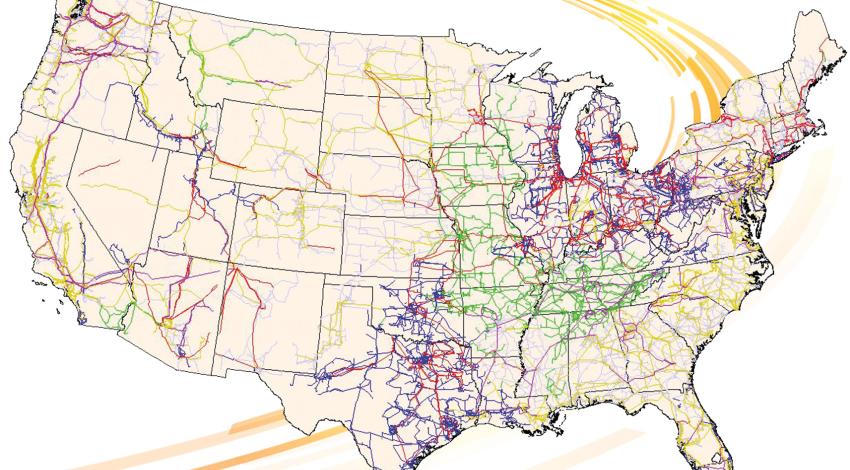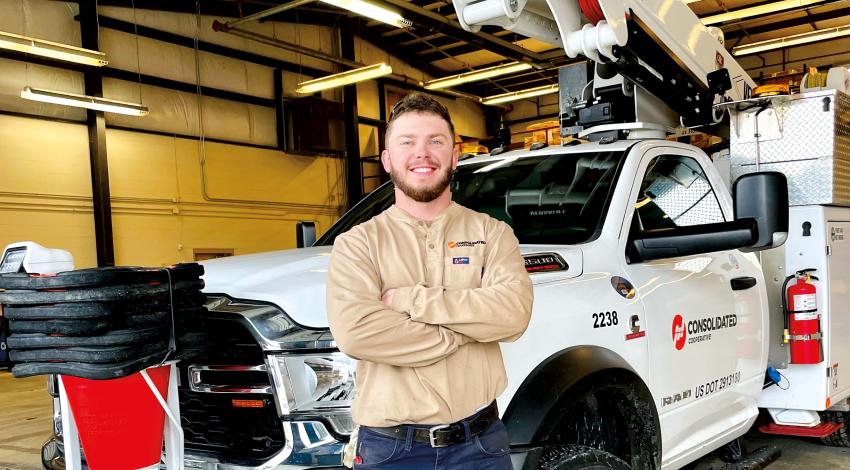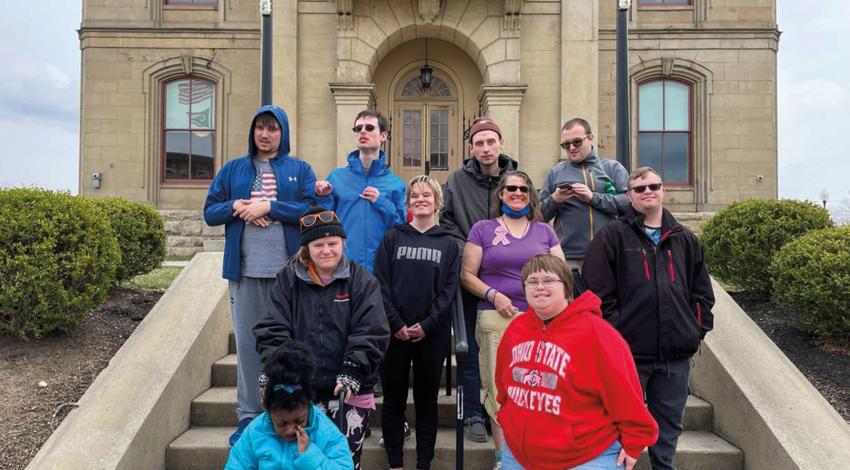It’s not unusual for the crew of lineworkers from Lancaster-based South Central Power Company to hang around and make small talk with attendees after they’ve finished their hourly live-wire safety demonstrations at the annual
“Our guys are really good about making sure they answer everyone’s questions, and they’ll stick around as long as they need to,” says Candi Fisher, member engagement coordinator at South Central Power, who coordinates the mobile safety demonstrations for the co-op. “They could tell this older gentleman wanted to talk to them and so they went over to say hello.”
“You saved my life,” the man said.
“That’s not something you hear every day,” Fisher says. “But he was very insistent. He made a special trip there that day to thank the guys who had saved his life.”















